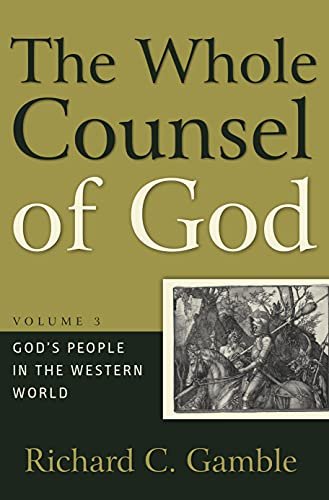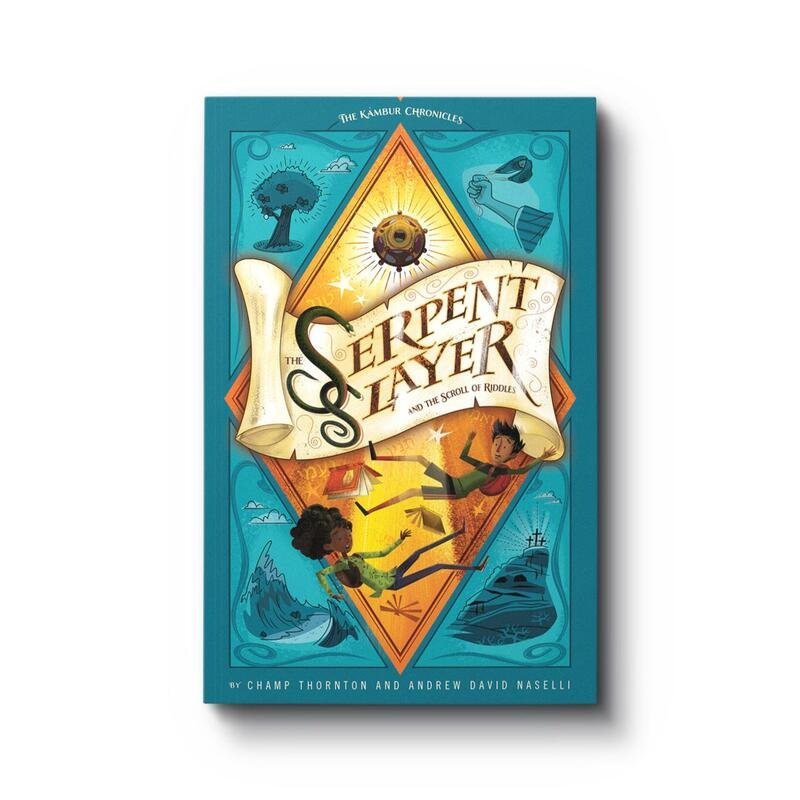How Dante Can Save Your Life - A Review
I have subjected my daughter to a “Great Conversations” curriculum for her high school homeschool. She is of the bookish sort, so the large volume of reading is really up her alley.
This year, at the beginning of the year, she is staring down Spenser’s Faerie Queene and Dante’s Divine Comedy at roughly the same time. Spenser is in her English literature curriculum, with Dante occupying a prime place (about 1/6th of the year) in her Great Conversations course. There is overlap between the courses, though Great Conversations tends to be as much about history and philosophy as literary value.
In any case with my dear daughter bowed under the weight of two classic, but challenging, texts, I felt compelled to find her some resources (besides my fervent assurance) that they volumes are very much worth the labor to read and understand them.
I have heard Rod Dreher’s 2015 book, How Dante Can Save Your Life recommended by some that know Dante well. Even some that find Dreher’s more recent work in The Benedict Option and Live Not by Lies a bit too political and panicked have recommended the volume.
There is good reason for the recommendation. This is a good book. It’s not quite the commentary on Dante that I was looking for, but it tells a good story, it uses Dante’s Divine Comedy as a framework, and engages the mind and heart in the pursuit of truth.
Like most converts to anything, Dreher has strong opinions. The story he tells in How Dante Can Save Your Life has strong ties to Dreher’s opinions about the value of Roman Catholicism he left from his earlier Methodism, and the Orthodoxy that Dreher adopted after he became disgusted with the Catholic hierarchy after sitting under a liberal priest and reporting on the Roman Catholic sex scandals in the late ‘90s and early 2000s. There is a lot of veneration of icons, exorcisms, and ritualistic prayers in the book that will make those familiar with Scripture, especially the second commandment (or the 2nd half of the first commandment in the Catholic and Orthodox tradition) very uncomfortable. At the same time, there is a real discovery of grace and the ability to forgive that provides the climax of the book.
This is a story of homegoing. After the death of his sister––whose legacy Dreher memorialized in The Little Way of Ruthie Leming––Dreher and his family moved back to rural Louisiana. Dreher expected to be welcomed back, but found himself alienated from his family and depressed. The stress of his anger at his perceived mistreatment left him with a significant bout of chronic fatigue.
How Dante Can Save Your Life is a story of Dreher finding his way out of a pit of depression and learning to forgive his family. It involves regular counselling, ascetic spiritual practices, and a deep dive into Dante’s epic journey through Hell, Purgatory, and finally on to Paradise.
As I have said, this is not primarily a commentary on Dante. However, as Dreher follows Dante on his journey, we see how a great work of literature can have a significant impact on the mind, body, and soul. Dreher’s telling of his own story maps well onto Dante’s journey of self-discovery. Although the story is more about Dreher than Dante, it is well-told and it does illuminate the power of the Divine Comedy many centuries after it was first penned.
This book is impressive because it was written to a broad audience. Dreher invites secular readers into a moral vision that points toward Christianity. It isn’t clearly stated, but the Dreher offers and invitation to the reader to be conformed to the moral order of the universe. Through his own story of discovering joy in chastity, even the atheist can see the value in the discipline of sexual restraint and seeking persistent love before conjugal relations.
Dreher provides some resolution to the tension of the story, but it is a powerful twist on the ending one might expect. If this were a sitcom, then Dreher would have been received with open arms by his family, everyone would apologize and the wrongs of previous years forgotten. As it stands, Dreher recounts his coming the point of being able to forgive despite not receiving many concessions from the family who held him at a distance. In this Dreher provides a picture of the most likely reality. We do not always get to live happily ever after, but we get many opportunities to choose to be as happy as we can be in a given circumstance.
This is Dreher’s book telling Dreher’s story. There are points at which one wonders if the narrator can be fully trusted. Although Dreher admits to some of his own failings, it is clear that he believes the fault is mainly on the other side. The reader is left wondering whether Dreher is entirely fair to the rest of his family. The downside of the book is that the reading of it feels a little voyeuristic. One wonders how the rest of the family feels about his publication of this volume.
If you can get over the feeling that there might be too much dirty laundry exposed in this volume, the book is well worth reading. I’m offering it as an auxiliary volume for the Great Conversations curriculum as a way to see the value of Dante. It also offers a thoughtful portrait of redemption and forgiveness. These are all things that deserved to be explored in greater detail by all of us, especially by those trying to figure out why the books consistently chosen for a Great Conversations curriculum belong there.














Reading your Bible is a battle. There’s a reason why Paul lists Scripture as the sword of the Spirit in his discussion of the armor of God (Eph. 6:17). More even than that, Scripture reveals God’s character and is, thus, central to worshiping well (Psalm 119). That’s why reading the Bible is a battle.